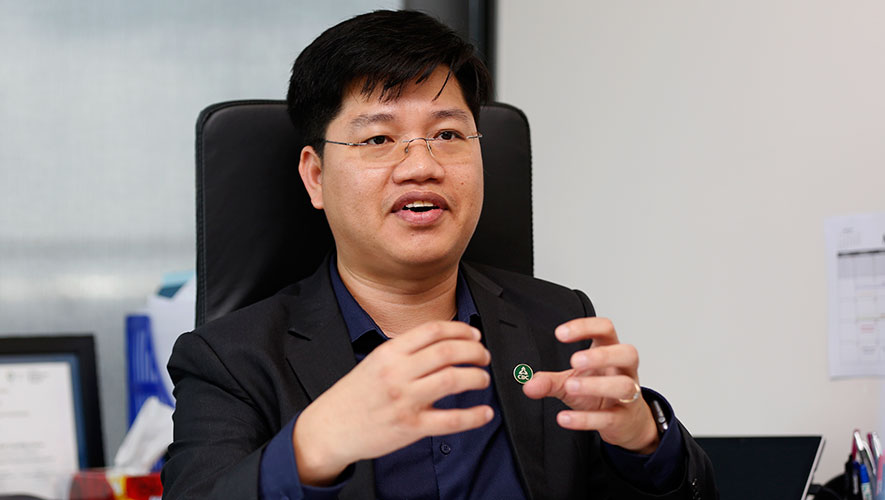How development, competition and change in consumer demand drove the numbers up
For the latest Cambodian Business news, visit Khmer Times Business
A recent survey by German market researcher Growth From Knowledge (GFK) unveiled that global smartphone sales grew five percent to $533 billion with 1.44 billion units sold, 54 percent of that was bought by China, in 2018. The telecommunications sector comprising smartphones, feature phones and wearables made up 44 percent of the market share, down three percent year-on-year. It remains the powerhouse in the $1.2 trillion technical consumer goods (TCG) market.
The Asia-Pacific region was the key driver of the market where consumers bought 732 million devices last year. In Asia, although developed markets pushed up the take-up rate of high-end smartphones, growth was recorded in emerging markets such as Cambodia where changing consumer demands saw sales rise.
The market within the Kingdom
Cambodia, primarily a mobile phone market with over 117 percent penetration rate and more than half its population owning smartphones, has seen a big advancement of mobile internet and technology over the last five years. This is due to the increased usage of social media and big shift in smartphone adoption.
Data by GFK shows that Cambodian smartphone sales was up 32.65 percent at $325 million in 2018 compared to $243 million in 2017. The average selling price also spiked 17.23 percent to $347 from $296 a year ago.
Smart Axiata chief marketing officer Stjepan Udovicic says Cambodians appear to be investing more in technology and digital services in line with the growth of the gross domestic product.
“(Like elsewhere) smartphones play a huge part in the lives of Cambodians. It is used for chatting, making calls, browsing the internet and social media sites, and accessing entertainment portals,” he adds.
With the major role played by telecommunication companies in bridging high-end state-of-the-art technology and lower-end affordable smartphones, Cambodians can now buy 4G LTE smartphones at reasonable rates.
However, competition in the Cambodian smartphone market is becoming intense, which Udovicic believes would result in market consolidation in the next few years.
Having said that, existing phone brands are climbing the value chain via design improvements, and functionality to penetrate premium segments.
The shift will likely happen simultaneously with gradual price increases in all smartphone segments. Similarly, smartphone availability here will go up along with the demand for high data consumption, and better digital literacy among locals even in rural areas.
Thus, more Cambodians would lean towards more high-tech phones that are priced above average. This is good news for this liberal market as new brands would make their way in and this can certainly contribute to the Kingdom’s growth.




